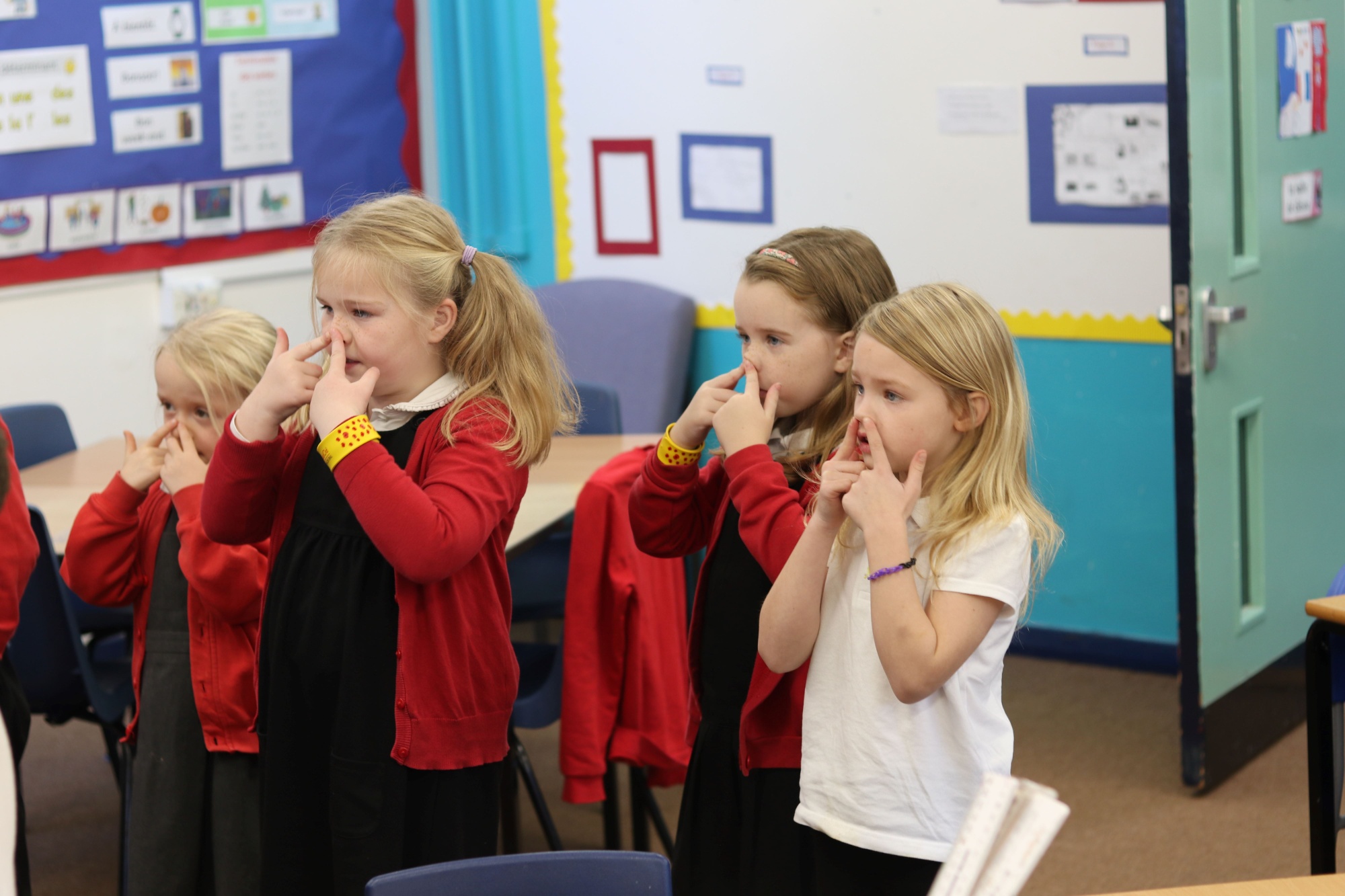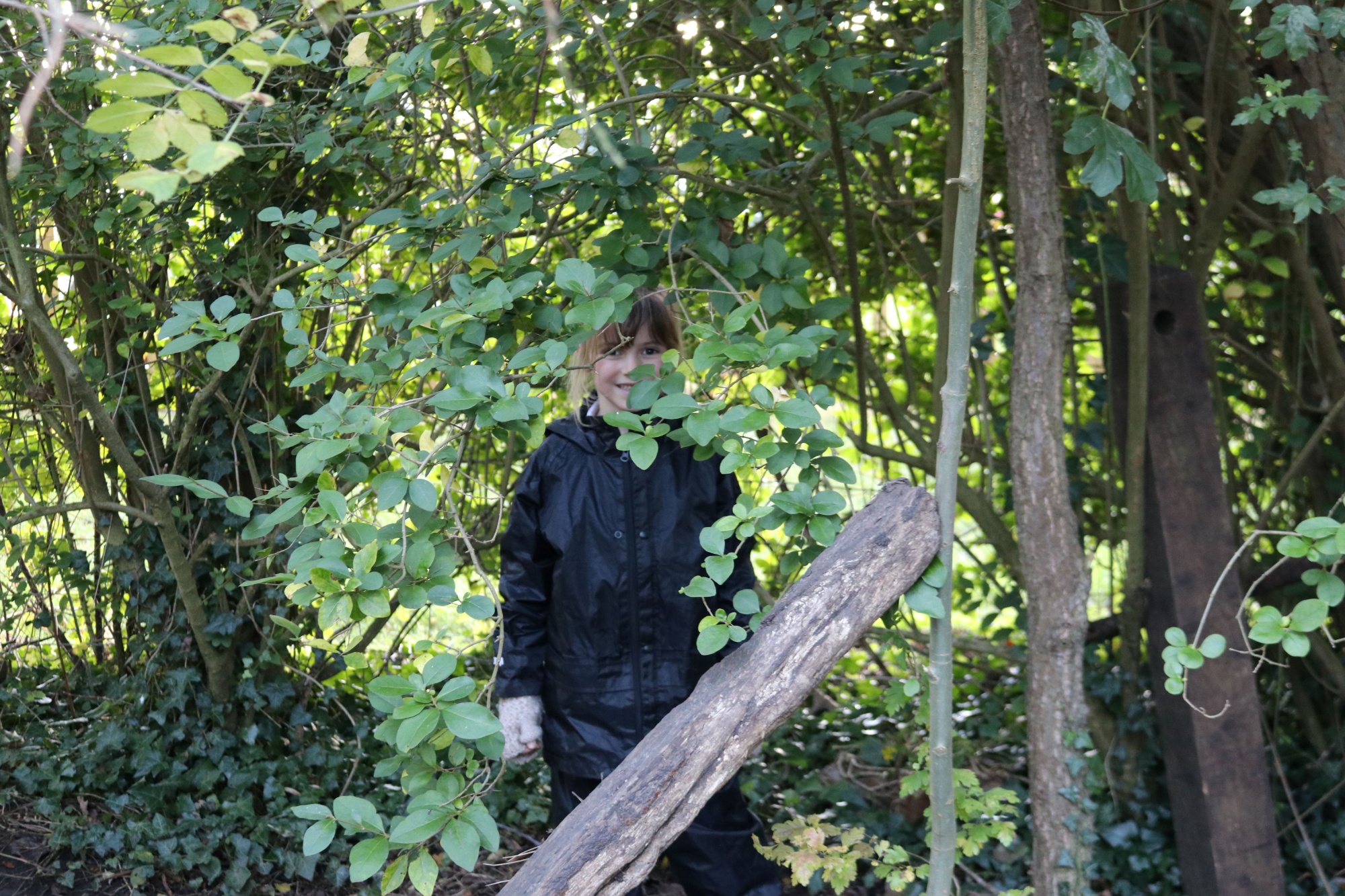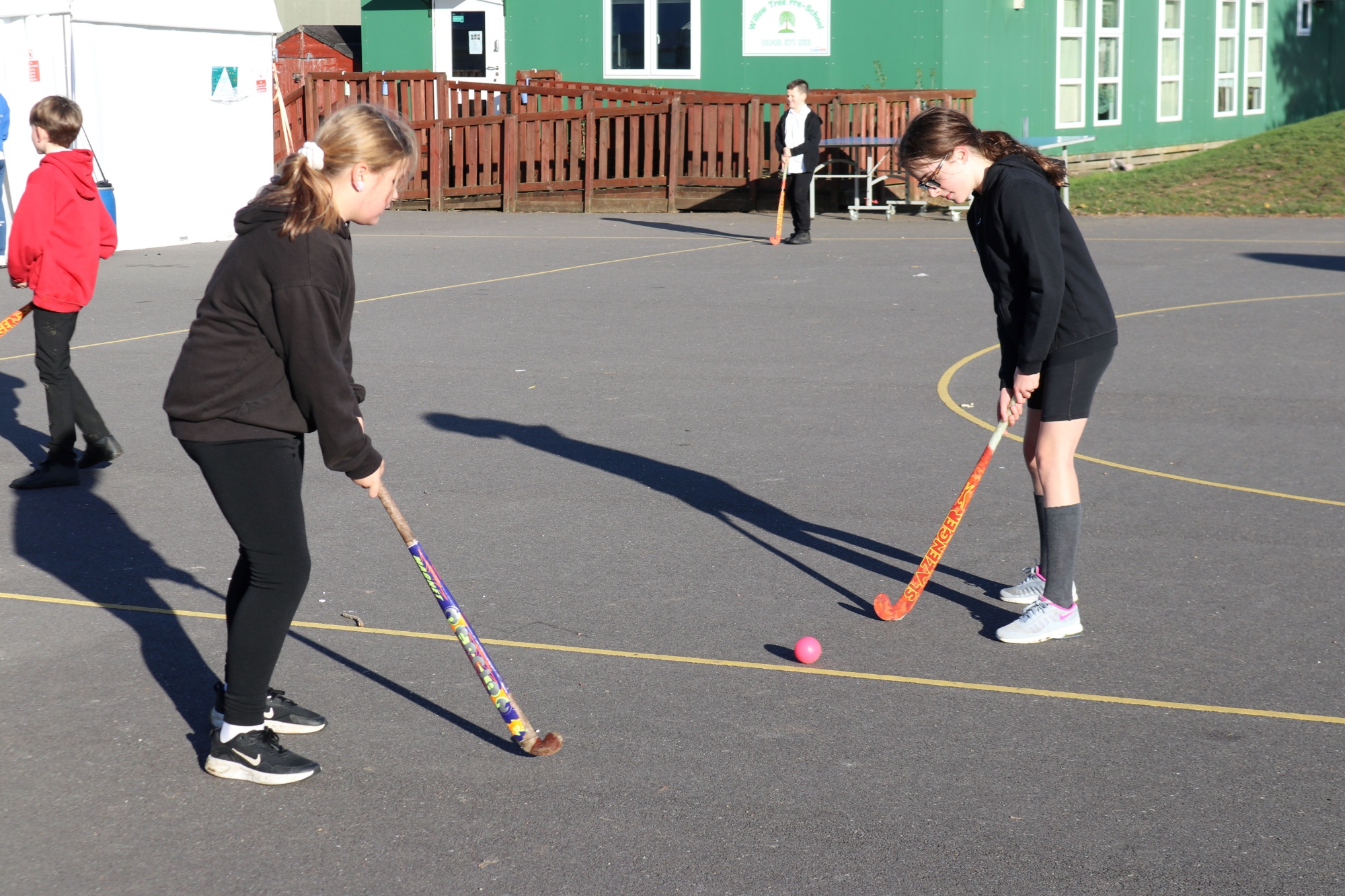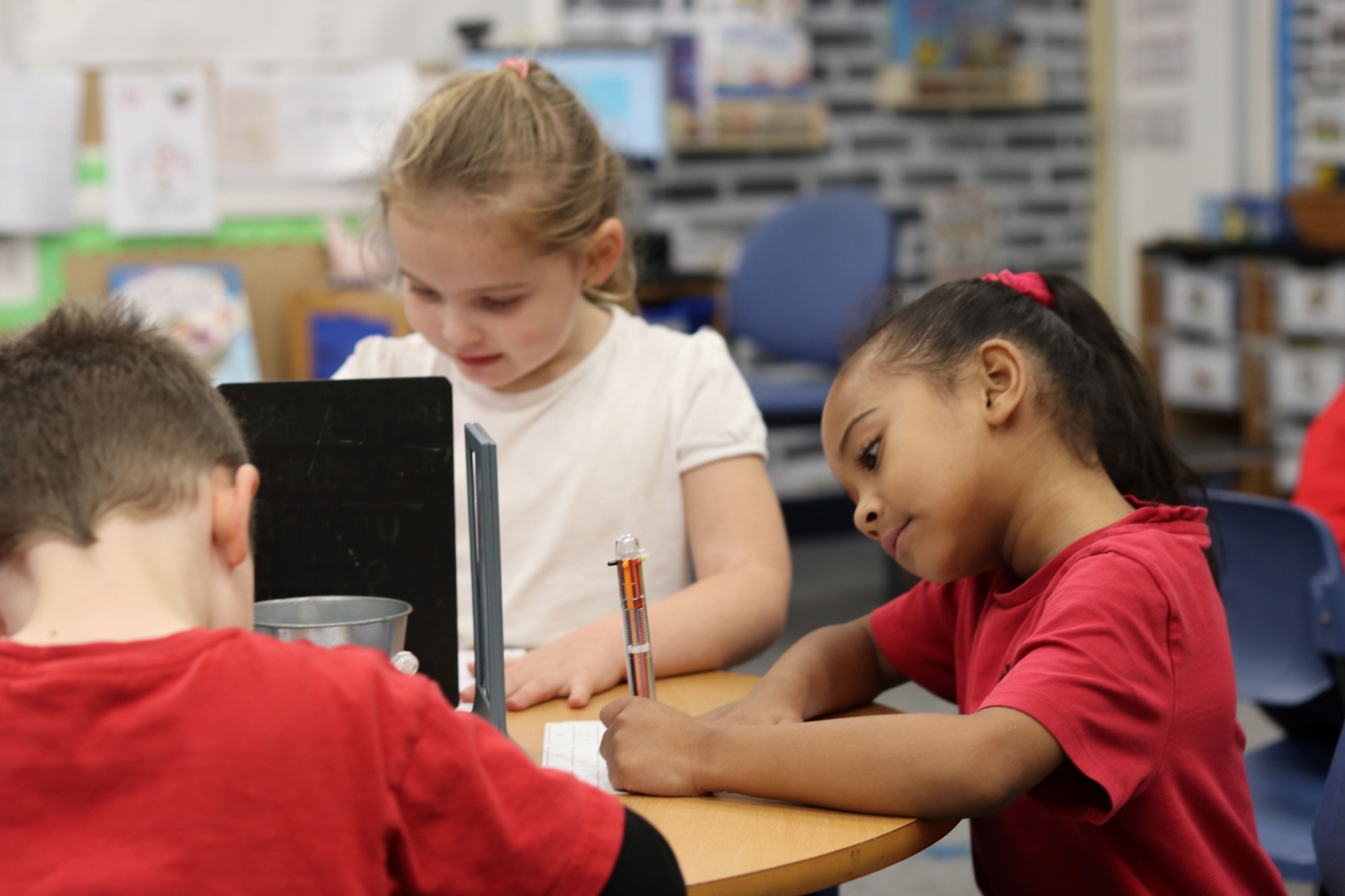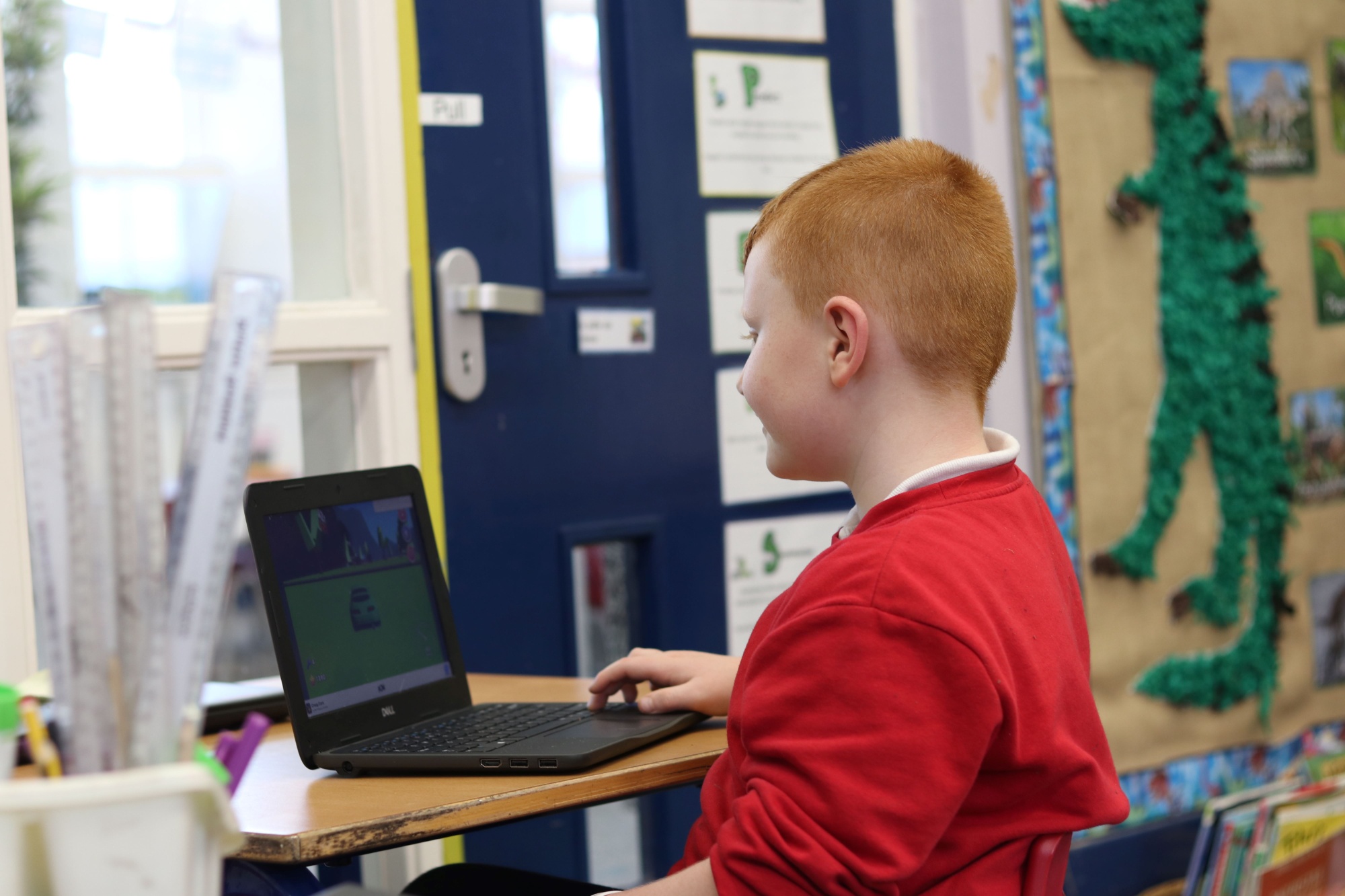Art & DT
The school's 'Champion' for art and DT is Mrs. Hannah Bailey
Please find whole school Design Technology plan here!
Frequency of sessions: This may change depending on the topic and activities in the week, but will largely average out as one session a week. However, there are plenty of additional opportunities given throughout the school year for children to practice their art and DT skills for example; Chinese New Year, Remembrance Day, Christmas and New Year and End of Year Art exhibitions to name a few.
Building upon a previously awarded silver Artsmark award, we continue to be fully committed to delivering a rich diet of opportunities that are deeply embedded in our cross curricula diet in all year groups.
The national curriculum for art and design aims to ensure that all pupils:
· produce creative work, exploring their ideas and recording their experiences
· become proficient in drawing, painting, sculpture and other art, craft and design techniques
· evaluate and analyse creative works using the language of art, craft and design
· know about great artists, craft makers and designers, and understand the historical and cultural development of their art forms.
By the end of each key stage, pupils are expected to know, apply and understand the matters, skills and processes specified in the relevant programme of study.
Key stage 1
Pupils will be taught to use a range of materials creatively to design and make products. They will have the opportunity to use drawing, painting and sculpture to develop and share their ideas, experiences and imagination. They will develop a wide range of art and design techniques in using colour, pattern, texture, line, shape, form and space. They will explore the work of a range of artists, craft makers and designers, describing the differences and similarities between different practices and disciplines, and making links to their own work within their sketchbooks.
Key stage 2
Pupils will be taught to develop their techniques, including their control and their use of materials, with creativity, experimentation and an increasing awareness of different kinds of art, craft and design. They will use their sketchbooks to record their observations, review and revisit ideas and practice new skills. They will be given the opportunity to improve their mastery of art and design techniques, including drawing, painting and sculpture with a range of materials [for example, pencil, charcoal, paint, clay]. They will learn about great artists, architects and designers in history
At Deanshanger Primary School we aim to ensure that children have explored, evaluated and become familiar with a range of art media by the time they leave Year 6 from watercolour and acrylic paints to batik and screen printing. Children from Year 1 to Year 6 are encouraged to annotate and evaluate their work and the work of Artists. Children’s comments should demonstrate a progression of their understanding and ability as they move through the school. Although there is no formal assessment in Art the annotated sketchbooks will make clear the skill level each child is working at both in their own ability to produce artwork and in their ability to evaluate works of art.
We hope that the children at Deanshanger Primary School enjoy and engage thoroughly with their Art sessions and can look back and reflect upon their developing skills throughout their time here.
Design and Technology (DT) is an inspiring, rigorous and practical subject. Using creativity and imagination, pupils from Foundation Stage to Year 6 design and make products that solve real and relevant problems within a variety of contexts, considering their own and others’ needs, wants and values.
They acquire a broad range of subject knowledge and draw on disciplines such as mathematics, science, engineering, computing and art.
Pupils learn how to take risks, becoming resourceful, innovative, enterprising and capable citizens. Through the evaluation of past and present design and technology, they develop a critical understanding of its impact on daily life and the wider world.
High-quality design and technology education makes an essential contribution to the creativity, culture, wealth and well-being of the nation. The teaching of Art and DT is a mandatory element of the National Curriculum. The statutory requirements plus the advisory content of the Dimensions scheme of work will form the foundation for this subject.
Frequently Asked Questions
1. What decisions have been made about the DT curriculum ?
The International Primary Curriculum (IPC) was chosen for the school in 2016 based on our local context and school make up. With a high white British cohort (currently 80%), it is important for us to provide a rich and diverse curriculum that ensures that are children are well-prepared for the world beyond Deanshanger and are increasingly aware of other countries, cultures and religions. Developing cultural capital and constantly pushing aspiration are very important.
We are incorporating DT as part of the IPC curriculum. It will link in with the various topics being covered i.e. Bake It! In Year 5 covered baking bread as part of the DT topic. The progression of skills document will be tied with this showing progression throughout the year groups. IPC is beneficial to our children due to the cultural aspects, for example with the Year 5 Bake It! Topic the children looked at breads from around the world, which they may not have otherwise experienced. IPC covers a wide breadth of areas which allows our children to experience a range of topics, linking them with a real world focus.
2. How has the subject curriculum been adapted to meet our needs?
The school follows a progression of skills document which covers what our children need/will cover throughout their DT Primary School journey, this aligns with statutory requirements. Our DT follows a plan-do-review cycle which allows children to evaluate their learning and skills which they can then apply to their next DT unit. All of our children will be given/provided with the resources to create their DT projects. All children will be aiming to show the required skills through each task, with the teacher supporting where necessary. This allows all our children to try skills that they otherwise may not have used/experienced such as sawing wood to create a model Roman catapult. Experiencing these units/projects firsthand also engages the visual and kinaesthetic learners. As some skills will overlap it will allow our children to readdress anything they may have been unsure of in previous years.
3. How do you know the DT curriculum is working?
The teachers have always planned DT projects connected to their topics. The IPC overviews give examples of DT topics as per the curriculum which our teachers use to influence their planning. Our children will be able to plan-do-review any work completed as part of the DT topic. They will be applying knowledge to their designs and implementing these in the practical elements.
4. What has been the impact of lockdown etc on the subject and what positive examples can you share about the subject and its remote delivery?
Though the children have not been in school physically there have been some lovely examples shared from parents of great DT at home. In Year 3 the children were looking at examples of marble runs. Our children designed their own and then created these using recycled materials at home. We also gave them opportunities to collect materials from school to create other projects for example with Chinese New Year.
5. What are the strengths of the DT curriculum?
The way the DT curriculum is linked with the IPC allows for a great cross over and strong links with the other subjects being covered. This can be seen in teachers planning.
6. How do you lead professional development, provide guidance and support colleagues?
When everything is in place for the new DT layout, subject champion will run a training session for all staff to show and demonstrate what is expected with DT. All staff are very good at helping others and requesting help when needed.
7. How is DT resourced?
The DT resources are extensive and are central placed. New resources are ordered as needed to further enhance the children’s learning.
8. What would external visitors see if they focused on DT in a visit?
They will see children enjoying the subject. They will see each DT topic links with the IPC unit being covered in class. They will see clear designs which the children have then tried to create. They will see a progression of skills throughout the school, with children using key vocabulary when talking about the subject.
9. What do you expect that Ofsted will see when they focus on the subject?
They will see children enjoying the subject. They will see each DT topic links with the IPC unit being covered in class. They will see clear designs which the children have then tried to create. They will see a progression of skills throughout the school, with children using key vocabulary when talking about the subject.
